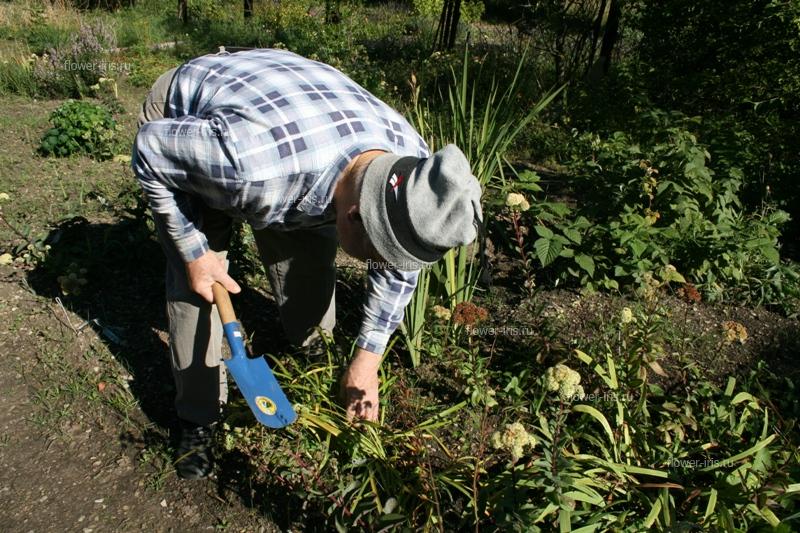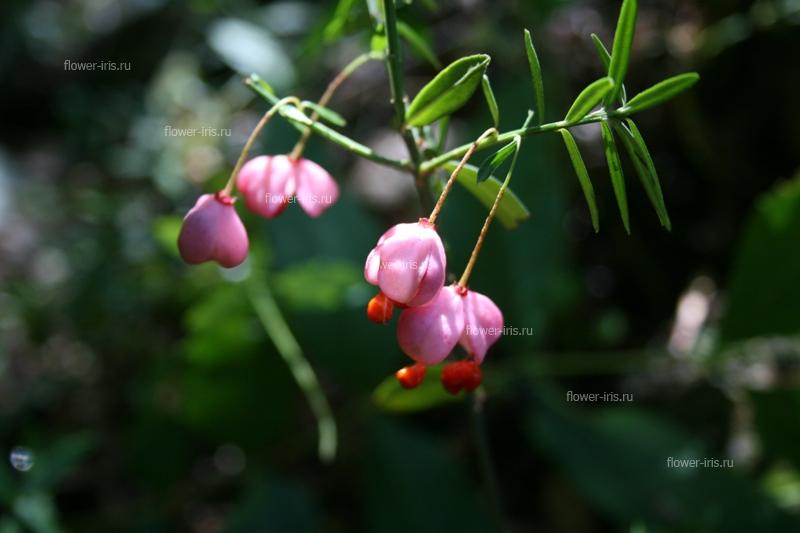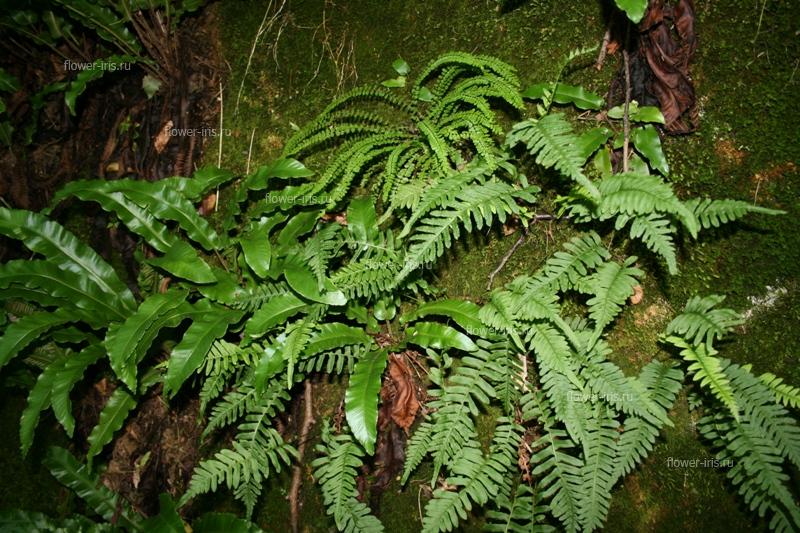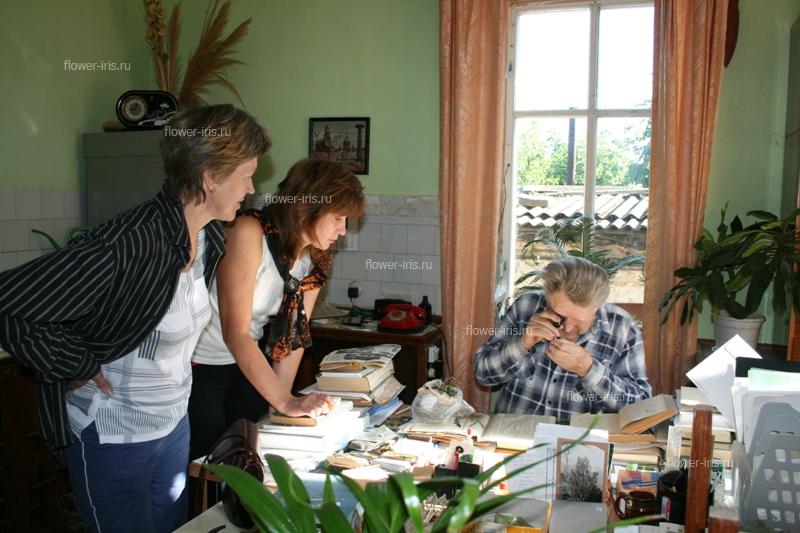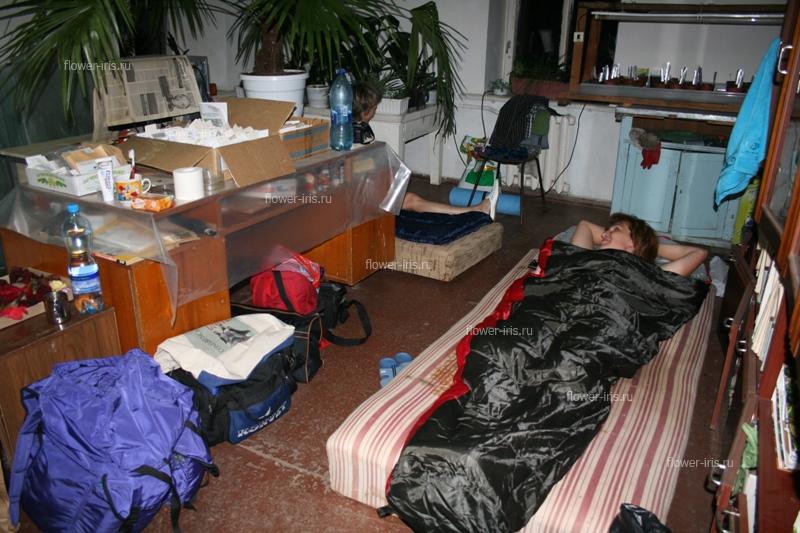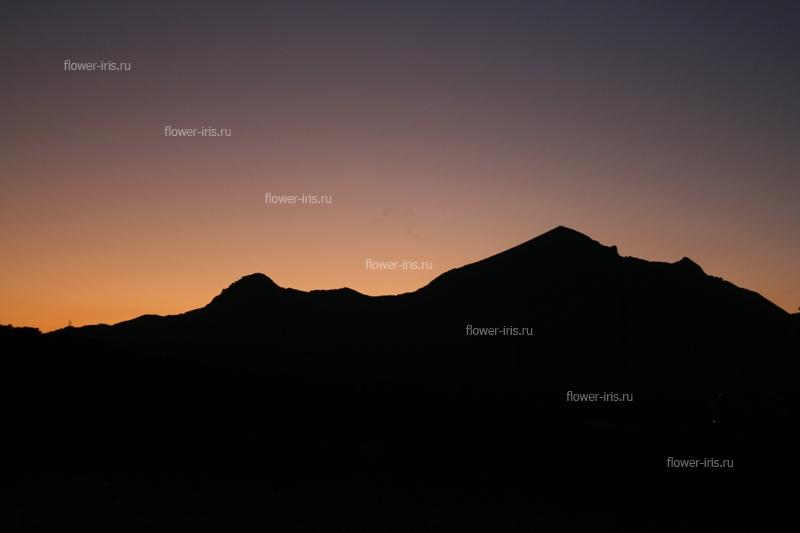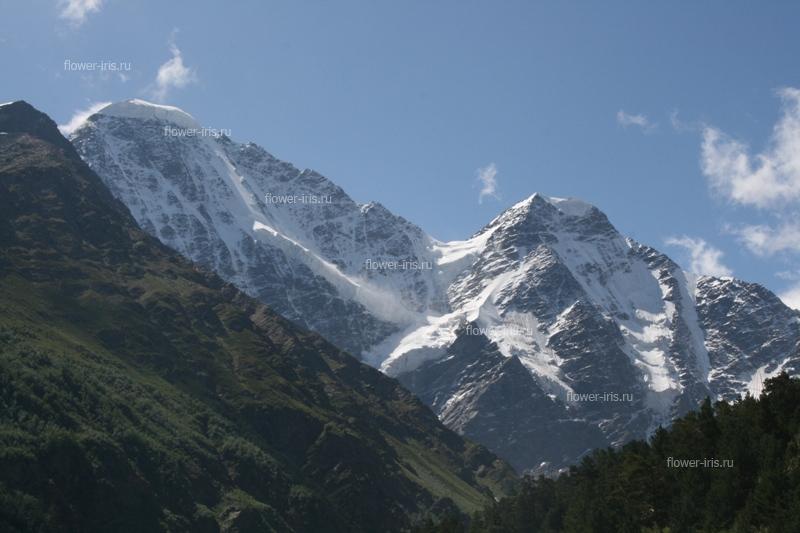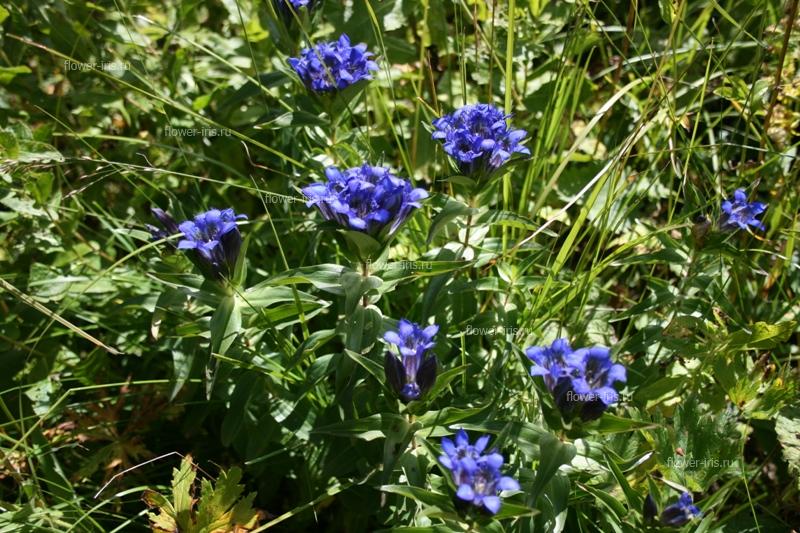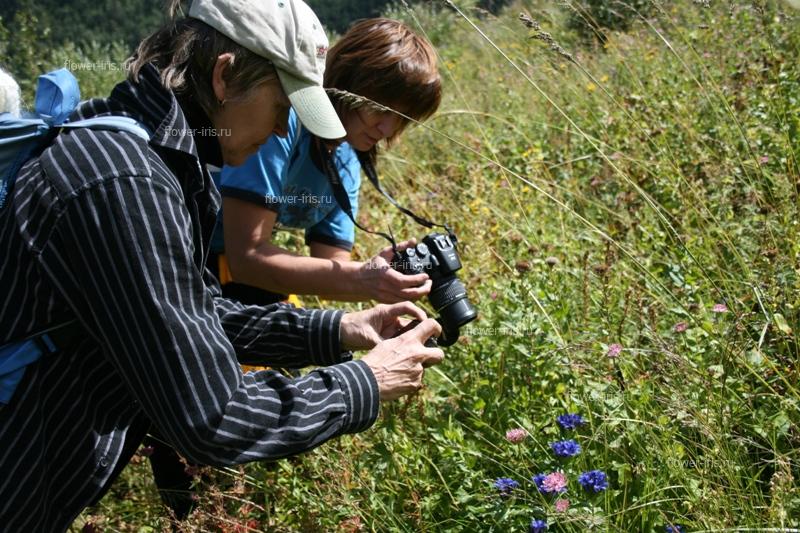|
News Camellian readings in St.Petersburg Photo Gallery |
Expedition to the Northern Caucasus 2009Homepage → Tours and Expeditions → Expedition to the Northern Caucasus 2009 The idea was formed on April, 2, 2009 The goal of the project was to conduct an expedition to the district of the Northern Caucasus (which is quite available in terms of distance and, consequently, finances) abundant with wild growing plants in order to replenish the collection of the rock garden in the Botanical Institute of the Russian Academy of Sciences. Due to lack of financing and impossibility of expeditions for employees collections of the rock garden had not been replenished for a long time with wild flora plants. //Reference: The rock garden was set up in the XIX century, in 1924 it was largely renewed and restructured (the total area comprises 1100 sq m). It includes a rich collection of plants of mountains from the Western Europe, Caucasus, Siberia, Middle Asia, Himalayas, North America. Composition of species largely varied firstly depending on interests of curators to some groups of plants in different historical periods as well as goals of greenery. In 1961 1200 species and forms represented by 6000 plants were tested in the Rock garden, based on results of the inventory of the year 2000 the Rock garden and nursery comprises 1677 taxons (species, subspecies, forms, sorts and garden forms) of plants //. In recent years the collection was replenished either through seed planting or single supplies of some employees of the Botanical garden. So it was high time to perform targeted and planned expansion of the collection. Comprehensive studies on plant introduction in situ required expeditionary work of experts dealing with those plants ex situ. It was planned to carry out field investigations by stationary and route methods and to address to employees of environmental and botanical stations in Pyatigorsk in the course of the expedition. For this purpose it was foreseen to visit and investigate some interesting mountains – Beschtau, Goryachaya, Mashuk etc. North-Eastern slope of mount Razvalka was especially interesting for its “permafrost” phenomenon. It was the first location for observations, material collection and taking pictures of live objects in situ. We also wanted to get acquainted with colleagues and familiarize with collections of environmental and botanical stations in Pyatigorsk, to establish close partnerships. We also supposed to visit Stavropol Botanical Garden for the same reason. To provide fruitful work lists of plants growing in the Rock garden were analyzed. The plants which had been successfully cultivated for a long time in the lot and lost in unfavourable years or due to other causes. Special attention was attached to rare and endangered species enlisted in the Red Book of Russia. Lately rare species of the family Iridaceae were handled to the Rock garden. Joint work on breeding rare species of the genus Iris of Russian flora to show them in alpine hills was planned. Further development of the project required joint studies on prospective plants in situ and ex situ. The Northern Caucasus was one of the most demonstrative areas. After obtaining the grant of the Botanical Institute of the Russian Academy of Sciences a group of experts meeting the project idea (N.B.Alexeeva, T.Yu.Melnikova, N.V.Stepanischeva) was formed and went to the Northern Caucasus from 19.08.09 to 02.09.09. 1. Pyatigorsk. Pyatigorsk Environmenal-Biological Station, the Botanical Institute of the Russian Academy of Sciences (director, A.D.Mikheev, DrSc of Biological Sciences). It is located in the territory of Perkalsky Arboretum (founded in 1879). It represents a specially protected area of the Russian Federation. The station is located near Prekalskaya rock at the foot of Mashuk mountain //Reference: “Perkalsky” derived from distorted Polish family name “Perkhalsky”. That noblemen was one of the participants of 1830-31 Uprising in Poland; he was punished, deposed to soldiers and exiled to “warm Siberia” – the Caucasus. In 1832 he was appointed to the position of forest warden of Beschtaugorsk forest dacha. Since his post was located on the Northern slope of Mashuk, the area was called so//. Environmenal-Biological Station expanded in13 hectares deals with preservation and improvement of flora and fauna in the Northern Caucases. The collection of Perkalsky arboretum amount to about 100 species of medicinal plants. Employees of the station have found out the content of vascular plants in the region amounting for about 2200 items. A.D.Mikheev manages to breed many rare and exotic plants: Ginkgo biloba, Metasequoia glyptostroboides, Liriodendron tulipifera etc. А) Excursion in the Arboretum, visit of the city (location of M.Yu.Lermontov’s duel). B) Expedition to Baksansk canyon (mounts of Cheget, Itkol and Elbrus). We reached the camp – 300 rubles per night for which we were given a kettle, bed linen etc. а) Expedition to Cheget. We found out prices for lifer – 400 rub. was expensive. So we went on foot that was good for our health and business. The rise took about 5 hours, the way down – about 1 hour. We returned to the camp after 7 p.m., sorted out plants, notes, made necessary definitions and packed plants to preserve them etc. b) Expedition to Itkol and move to Elbrus. //Reference: the heights of Elbrus are 5642 and 5621, it is the highest mount of the Caucasus. Elbrus flora is richer and more diverse than other mountainous floras of the Caucasus. There are many relicts and endemics including local Viola meyerana, Galium elbrussicum, Asperula gracilis//. We took photos of plants and returned to Pyatigorsk. About 40 plants were studied. С) Expedition toZhelexnovodsk to collect plants on the mount Razvalka Развалка (928 m). //Reference: M.Yu.Lermontov called mount Razvalka “the mount of sleeping lion” because it outlines remind a lion’s body. In the North-Eastern slope of the mount near its foot there is “a location of permafrost” of about 1 hectare located at the height of 640 m above the sea level. It is an interesting natural phenomenon – the soil is always cooled. There is ice fractures even in July-August. There is typical southern forest all around – Fraxinus excelsior and Quercus robur. In the permafrost lot one can find usual Betula pendula, Sorbus aucuparia which do not grow anywhere in the Central Caucasus at such a height. Rosa glabriosa and R. majalis – well-known Northern species grow here as well as the endemic – R. dolichocarpa//. We were accompanied by local botanists – Dmitry, Anatoly and Zoya. We went for 3 km to the permafrost. It was very chilly, cold air blew from cracks and stones. We collected many interesting plants, visited the tunnel (Nazi used to keep food staff in it during the war. We collected more than 20 species of plants. We went back via spring. Our robe largely differed from white cloths of people having rest. In the evening we sorted out plants. In the morning we defined plants together with Dmitry and Anatoly. We discussed preparation of the 300th anniversary, breeding plants for demonstration of floras etc. We worked a little bit in the nursery – it was very difficult since roots were deepened, soil is solid and resists tools penetration. At 1.30 p.m. we went to Stavropol. 2. Stavropol. We were accommodated in the room at the garden, walked a bit in the garden and went to bed. А) Excursion in the garden and the collection together with Vladimir I. Kozhevnikov, the garden director. Victoria greenhouse is one of his offsprings and put the garden at the high level. We discussed details and prepared to the route expedition. 1. Zelenchuk observatory. //Reference: The observatory is located in Karachai-Cherkes Republic, RF. Nowadays it is the largest Russian astronomic center for ground-based observations over the Universe, it has a large optic telescope. This large telescope Alt-Azimuth is the largest in Eurasia, the main mirror diameter comprises 6. A blank mirror weighted 70 tons, it required glass melting, casting and cooling. There were 3 blank mirrors in total. The first blank mirror broke due to fast speed of its cooling (9 months). The second blank mirror was cooled slower – 2 years, 19 days. The further mirror preparation required another 16.5 months and 15 000 carat of diamond tool, however the blank mirror became 30 tons lighter. After refined polishing the weight of the ready mirror amounted to 42 tons. The mirror was transported in a special truck partly by water. Some roads in Karachai-Cherkes Republic were especially expanded. Firstly technical conditions for transportation were defined (speed limit at flat road, rises, waterways, stop locations, methods to combat overheating etc). After that labour-consuming transportation of the mirror and its installations, defects on the mirror surface were found and the third mirror was needed //. We collected about 25 species of plants: primula, fritillary, gentian, rhododendron, saffron. Here at foot of Pastukhov’s mount we had been together with colleagues from Hamburg 16 years ago. //Reference: А. V. Pastukhov was a famous military topographer who made the first topographic survey of Elbrus //. There was plenty of saffron. The population looked differently. In line with Galina T.Scevchenko we made lots and measurements. An idea to write a joint paper on the state of this population occurred. 2. Expedition to Arkhyz. The canyon was not equipped with lifter – only walking roots and passes. Galina T.Scevchenko loved those places for the lack of tourist due to no comfort. Moreover, it is the state border zone and special permits are required. Our hosts had prepared everything beforehand. We investigated slopes, made photos and collected plants. We could not reach Sophiysky glacier since there was no permit for the car. Later we packed plants and notes. 3. In the morning the garden gave us plants for our collections. In total we collected: seeds of 32 species of 24 genera, 102 taxons of live plants, herbarium (about 80 samples). Seeds of the collected species were handled to curators of the collections (N.B.Alexeeva, M.V. Baranova, A.I. Kapelyan, N.V.Spepanischeva.) and to the seed group of the Botanical garden, Botanical Institute of the Russian Academy of Science. Live plants were planted in the collection lot. There was made more than 1000 photos for the archive and their use for presentations, publication, lectures and catalogues. It was also important that the botanists could see ecological and biological features of relict plants growing on rocks and rocky slopes. During the expedition we had an opportunity to familiarize with plants of many climatic zones – ranging from the steep to the alpine. Each zone had special climate: steep – arid and hot, forest – humid and moderately warm, mountainous– arid and cold with special soils: at foot of mountains there is mould humus, in forests – brown forest soils, in mountains – dogwood and peat. |


 Eng
Eng


